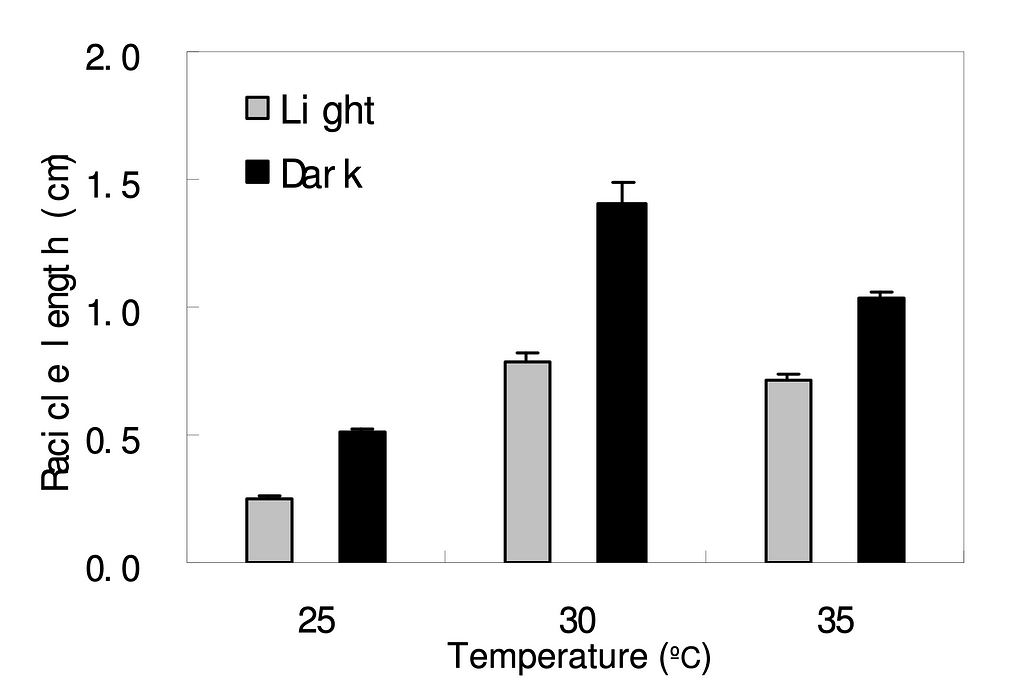This content originally appeared on Level Up Coding - Medium and was authored by Louis Brulé Naudet
After several years of noticing that the Raspberry pi 4 I was using to do my prototypes, remote calculations and host my website was producing a lot of heat and after investing in a heat sink, I decided to put this energy to use to greenery my office and potentially explore another field of science and business.

Every developer knows the feeling of a boiling server when setting up a remote computing solution. The writing of this article was born from an obvious thinking that this heat should be used for useful purposes to optimize the energy consumption of the devices.
At the time of writing, the temperature of the CPU was 50.01 degrees Celsius, which can rise to 60 degrees during periods of high activity, producing heat radiation between 30 and 38 degrees within a radius of 5 to 15 centimeters in semi-enclosed space.

30 degrees is both a lot and not enough. With 30 degrees you can’t cook, or even less heat a room. It was then necessary to find an original idea to exploit this heat and what better way than to transform it into a completely different, capsaicin.
With a little research, we quickly realize that this heat range is actually ideal for the germination and early growth of hot peppers. As such, a short study of the Chinese academy of tropical agricultural sciences showed already in 2010 that a constant temperature of 30% allowed to increase by two the germination ratio of black pepper seeds (Piper nigrum L.)


So I decided to optimize the thermal diffusion of the Raspberry Pi to concentrate the heat towards a space dedicated to the germination of the seeds, within a wooden box specifically designed for the installation of petri boxes.

Once the scheme was finalized, I bought a pine board of 2 meters by 9.5 centimeters, which I cut according to the dimensions explained above, the result being this :


It will then take a few months to obtain similar plants which are currently flowering and will soon give hot peppers.
However, it will be necessary to pay particular attention to the temperature of the Raspberry Pi, so that it does not remain too high in an enclosed space, but a priori, this should not pose any problem and would allow to germinate any seed.
I thank you for reading and hope that it will give you some creative ideas to recycle the heat from your servers,
Louis Brulé Naudet
Level Up Coding
Thanks for being a part of our community! Before you go:
- 👏 Clap for the story and follow the author 👉
- 📰 View more content in the Level Up Coding publication
- 🔔 Follow us: Twitter | LinkedIn | Newsletter
🚀👉 Join the Level Up talent collective and find an amazing job
How I turned the heat of my web server into a germination greenhouse for hot peppers was originally published in Level Up Coding on Medium, where people are continuing the conversation by highlighting and responding to this story.
This content originally appeared on Level Up Coding - Medium and was authored by Louis Brulé Naudet
Louis Brulé Naudet | Sciencx (2022-11-22T02:17:34+00:00) How I turned the heat of my web server into a germination greenhouse for hot peppers. Retrieved from https://www.scien.cx/2022/11/22/how-i-turned-the-heat-of-my-web-server-into-a-germination-greenhouse-for-hot-peppers/
Please log in to upload a file.
There are no updates yet.
Click the Upload button above to add an update.
